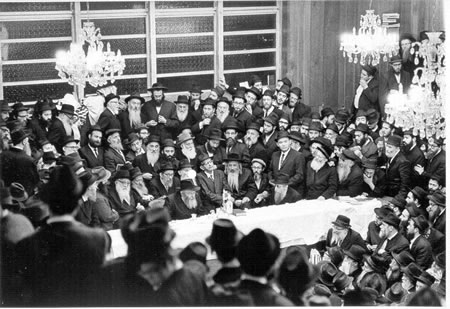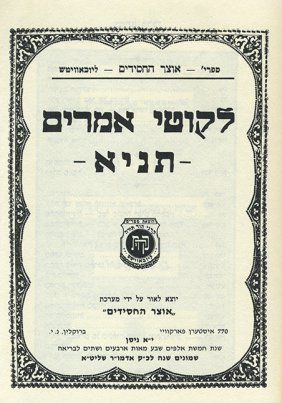Iggeres HaT’shuva: Chapter Nine, Tammuz 25, 5775
Here the Alter Rebbe explains that higher level t’shuva (t’shuva ilaa) is a result of fixing things at their root. For example: the sin associated with young men “nicks” the mind, the correction and the t’shuva is to become engrossed in learning Torah (which comes from Chochma of Aztilus) and to double the quantity. Like kissing, where the breath of one united with the other, when we learn, our minds think G-d’s thoughts, our mouths speak G-d’s words etc. The…









